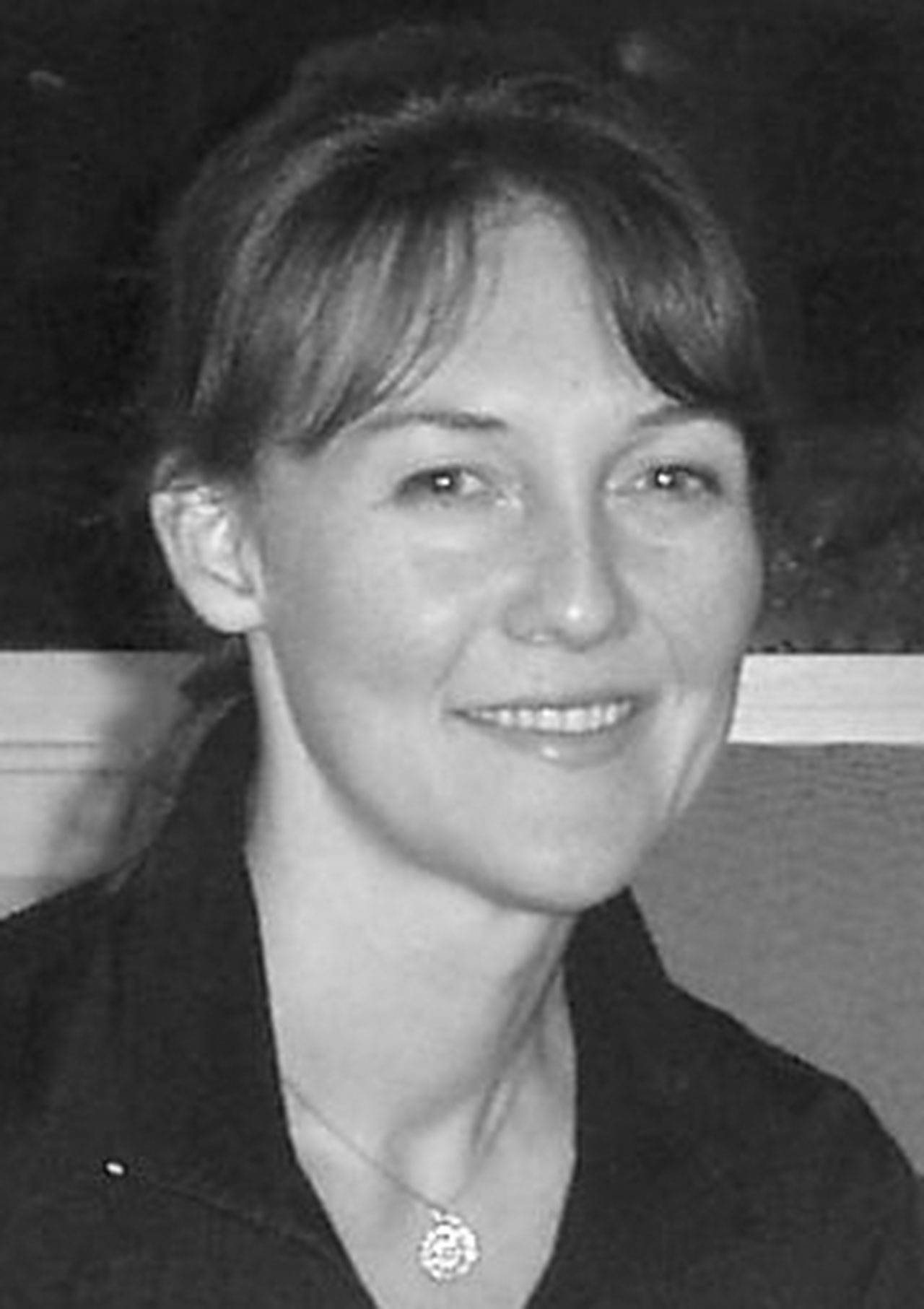Many disagreed about Vashon’s cougar, but most did not want him dead. I am drawing on my experience as the director of Vashon Nature Center and as a biologist to attempt to shed some light on why he was killed.
We live in a pivotal time of change for wildlife management. For the past 50 years, the focus was mainly on predator control. Now, information about the importance of predators in shaping natural systems and recent successes in curbing human-wildlife conflicts have caused scientists to rewrite the books on predator ecology and management. However, existing policies and public values have yet to fully reflect this knowledge.
In the late ’90s I worked in Yosemite, where bears had discovered how to open cars as easily as we open soda cans. At first, problem bears were relocated. They found their way back or fled to places no one wanted them and taught other bears how to steal food. After three strikes, bears were killed. Then a biologist realized, “This is not a bear problem, it’s a people problem.” Bear boxes were installed in parking lots, people were fined for leaving food in cars and garbage cans were locked. Consequently, conflicts with bears in Yosemite have dropped 96 percent since 1998.
With a few rare exceptions, most human-wildlife conflicts can be resolved by modifying human responses. But because the historical management focus has been on eradicating or relocating “problem” animals, we are conditioned to expect that wildlife managers will do something about the animal, even if problems originate in part from humans.
At this crossroads in wildlife management history, the Vashon cougar swam to the shore of an island that had not experienced living with carnivores for generations. We were already struggling to adapt to coyotes, and we were not prepared for a cougar.
In 1995, when I worked for the Zuni Conservation Project, a tribal natural resource agency, I attended a meeting of biologists and farmers. Beavers had moved into streams used to irrigate crops, which was causing conflict. I predicted this response: We didn’t want them here in the first place; they are inhibiting our ability to irrigate. What if they take over all the streams? Let’s get rid of them.
Instead, the conversation went this way: Just because they weren’t here before doesn’t mean they don’t belong here now. They are building homes and raising families. How much water do they need? The Zunis decided to raise intake pipes to maintain sufficient water levels. Farmers would help each other alter techniques and use drought-resistant strains of corn. These decisions were made in one meeting. I was floored.
Back to Vashon in 2017. Officials at the Washington State Department of Fish & Wildlife didn’t want to kill the cougar. They encouraged us to protect livestock better so that both domestic animals and the cougar could be safe. They fielded phone calls, gave a public talk on living safely with carnivores and participated in radio shows and newspaper interviews. They suggested improvements at residences where animals were killed. In recent months, they also explained in interviews that the cougar would most likely be killed if he was caught.
Relocation is traumatizing to wild animals. They may bolt at release, making it hard to predict where they will end up. Furthermore, a young male cougar like our visitor would likely have run to another urban fringe to avoid mature male cougars.
Although there are no clear numbers for Washington, Oregon Fish and Wildlife euthanized an average of 180 cougars per year between 2004‒2014 to manage conflict with pets, livestock and humans. If you choose relocation over euthanizing, where do you draw the line? That is a lot of cougars to relocate. There are not enough zoos or wildlife havens in the world to take them. But, are these the only two choices — to move or to kill?
Here’s a third option: Use our human creativity, ability to network and vast resources (compared to those of wildlife) to create a strong and accountable community that can live alongside the animals that swim to us. We still have coyotes, possibly a bear and, someday, likely, another cougar. We can work together to protect livestock and pets, put social and economic structures in place that support this, learn from other communities and talk with political leaders about allowing agencies to use their funds for proactive animal protection.
We at Vashon Nature Center have learned from the successes of island farmers, from our research and from closely following the cougar. Our experiences living with the lion touched us deeply, and we look forward to sharing what we’ve learned and to working with islanders to rise to the challenge of living with wildlife. As one step, look for a livestock management guide we plan to publish in September. We want this to be a relevant community resource and welcome your feedback.
Everyone’s involvement and safe conduct around wild animals matters. We are all accountable for our actions — whether tending livestock or walking trails. Ultimately, choosing a path forward is a community endeavor. How we will accomplish this without a community council is a challenge, but there are so many benefits — for our conscience, our quality of life, our domestics and our wild ones.
This is an excerpt, to read the full piece, visit vashonnaturecenter.org/blog.
— Bianca Perla is the founder and director of the Vashon Nature Center. She holds a doctorate degree in ecology from the University of Washington and has worked as a conservation biologist and science educator for more than 15 years.



